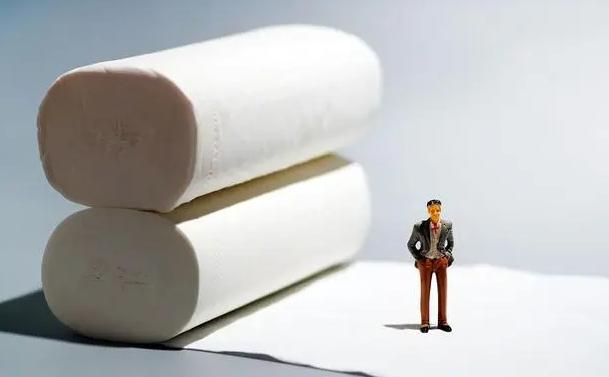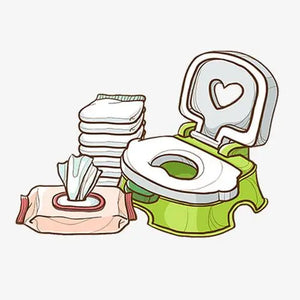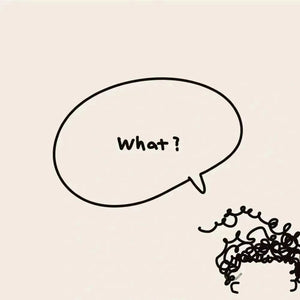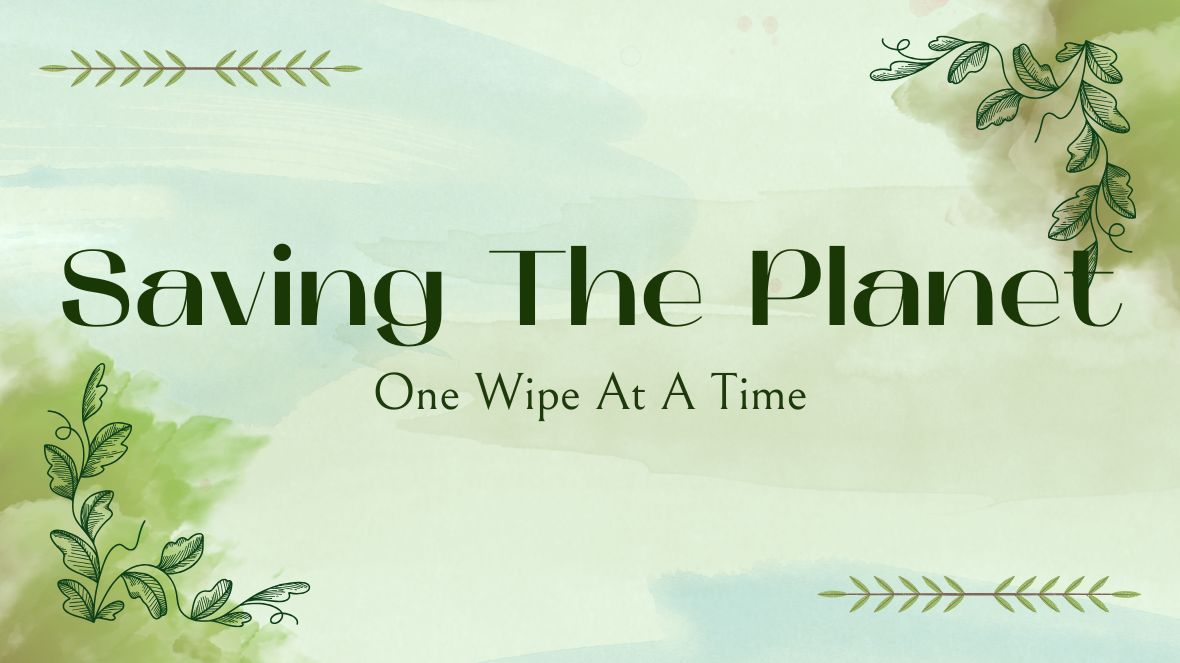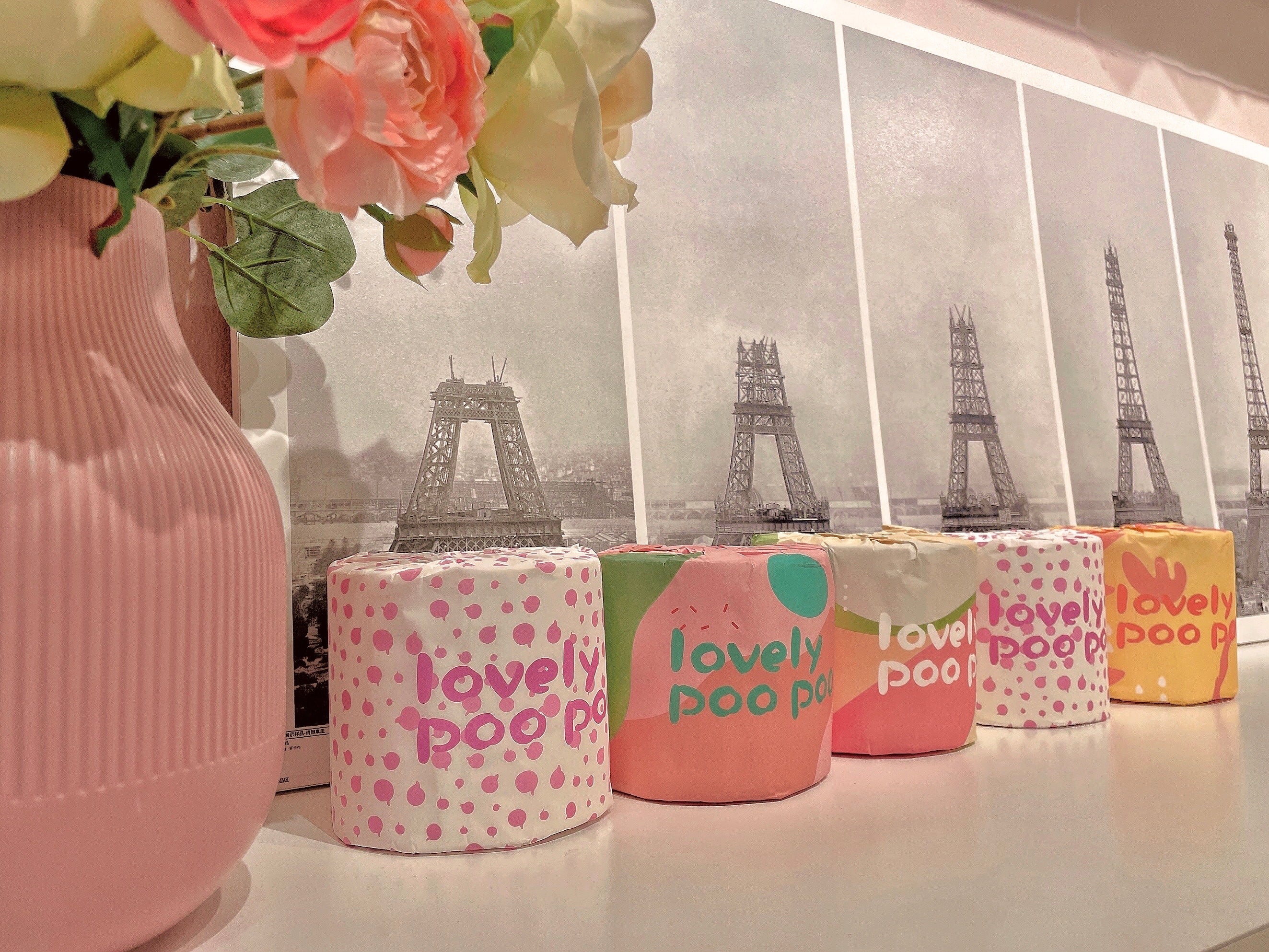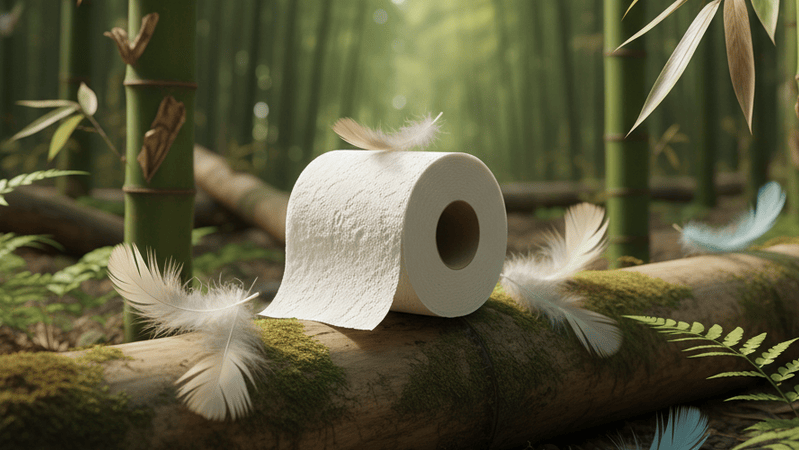News of shortages of toilet paper in places such as Australia has attracted a lot of attention. How much do we know about toilet paper, an item so common in our lives that we have almost turned a blind eye? This article sorts out the development of toilet paper, and tells us the story of this "necessity" that has entered the homes of ordinary people in less than a century due to the genius marketing methods of Americans.
In 1857, the first commercial toilet paper in the United States was introduced. Since the beginning, people have found some good ways to wipe their butts after going to the toilet. The most common solutions were crude—whatever was at hand: coconuts, shells, snow, moss, hay, leaves, grass, ears of corn, wool, and later newspapers, magazines, and book pages—thanks to printing. The ancient Greeks used clay and stones, and the Romans used sponges and salt water. But when did a commercial product designed to wipe butts come about? Some 150 years ago, a marketing genius in America turned something once-off into an integral part of our lives in less than a century.
The origin of toilet paper
The first product made specifically for bum wipes was aloe-coated burlap sheets. Invented in 1857 by a New York entrepreneur named Joseph Gayetty, he claimed his product would prevent hemorrhoids. Gayetty is so proud of his "toilet paper" that he has his name printed on each piece. But he soon encountered Waterloo. Because Americans are quick to get used to wiping their asses with Sears Roebuck catalogs because they're free and useless.
Toilet paper products took another leap forward in 1890, when two brothers, Clarence and E. Irvin Scott, popularized the concept of toilet paper rolls among the masses. The Scott brothers' product was significantly more successful than Gayetty's, in part because they built a steady supply and distribution network, selling toilet paper to hotels and pharmacies. But getting the public to buy the product openly remains an uphill battle, largely because Americans remain embarrassed by the product's capabilities. In fact, the Scott brothers were equally ashamed of the field of application of their products, and it was not until 1902 that their innovation received due credit.
Dave Praeger, author of Poop Culture: How America Is Shaped by Its Grossest National Product: "Nobody wants to say they want toilet paper. You You can’t even talk about the product publicly, it’s like a taboo.” By 1930, the German paper company Hakle was using a tagline like this: “Just say you want a roll of Hakle, not toilet paper!”
Over time, toilet paper slowly became one of the staples of Americans. But the product wasn't officially accepted until a new technology required it.
In the late 1800s, more and more homes were being built with seat flush toilets connected to the indoor plumbing system - because people wanted a product that could be flushed away with minimal damage to the plumbing. Soon, toilet paper ads boasted that the product was recommended by doctors and plumbers.
Toilet paper has softened
In the early 20th century, toilet paper was also sold as a medicinal item. But in 1928, the Hoberg Paper Company tried a different approach. At the suggestion of an ad man, the company launched a brand called Charmin, and paired the product with a beauty icon. The genius of the campaign is that by showing softness and femininity, the public and corporations can avoid talking about the actual use of toilet paper. Charmin was a huge success, a strategy that helped the brand weather the Great Recession. (Charmin, which began selling economy packs in four-roll packs in 1932, also played a role.) Decades later, the dainty ladies were replaced by babies and bears in the ad icons, which still populate store shelves today visible.
By the 1970s, Americans could no longer imagine life without toilet paper. For example, in December 1973, "Tonight Show" host Johnny Carson joked about toilet paper shortages in his opening monologue, only to find out that everyone wasn't laughing. Instead, TV viewers across the country are running to their local grocery stores to buy as much of the stuff as they can. In 1978, a TV Guide poll found Mr. Whipple — an affable grocer who implored his customers to “please don’t squeeze the Charmin” — the third-most famous person in America, behind former President Richard Nixon and Reverend Billy Graham. Americans currently spend more than $6 billion a year on toilet paper, more than any other country in the world.
Nonetheless, the US toilet paper market has largely stabilized. The real growth of the industry is happening in developing countries. Since 2004, toilet paper revenues in Brazil alone have more than doubled. Changing demographics, social expectations and disposable income are believed to have combined to drive the sharp rise in sales.
“The progress of globalization can be measured in some ways by the popularity of Western-style bathrooms,” Praeger said. When the average citizen of a country starts buying toilet paper, wealth and consumerism come. This means that not only do people have extra money to spend, but they are also influenced by the western way of life.
Are Americans Ditching Toilet Paper?
Even when markets in developing countries are booming, toilet paper manufacturers find themselves needing to charge higher prices per roll to be profitable. This is because production costs continue to rise. In the past few years, pulp has become more expensive, energy costs have risen, and even water has become scarce. Toilet paper companies may need to keep raising prices. The question is, if toilet paper becomes a luxury, can Americans get away with it?
The truth is, toilet paper has not existed in our lives for a long time. Even now, many people still do not have the habit of using toilet paper. In Japan, the washlet (a toilet with a bidet and blower) is growing in popularity. Water remains one of the most common post-poo cleansing methods around the world. For example, many parts of India, the Middle East and Asia still rely on buckets and taps. Will Americans give up their beloved toilet paper to save money? Or will you willingly shell out for toilet paper? Praeger leans toward the latter, saying life without toilet paper is nearly impossible. After all, the strength of the marketing machine of American merchants cannot be underestimated.
